Chapter 6
The American Revolution: 1775–1783
By Boundless
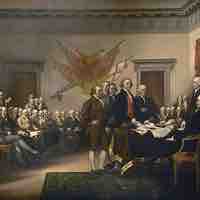
During the Revolutionary War, the Second Continental Congress acted as the national government of the Thirteen Colonies in rebellion.
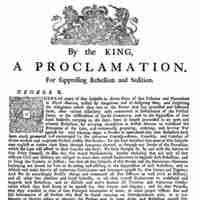
In 1775, the colonies proposed the Olive Branch Petition to reconcile with Britain and avert war, but King George III denied the petition.

In 1776, revolution was fomented by Thomas Paine, who wrote Common Sense; and by Abigail Adams, who advocated for women's rights. Both individuals influenced the development of the U.S. Declaration of Independence.
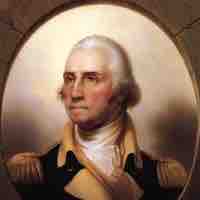
At the start of the Revolutionary War, the 13 colonies lacked a professional army, relying on locally sponsored militias.
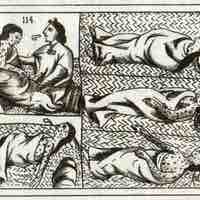
Smallpox broke out in army camps in 1775, during an epidemic that lasted for most of the war.
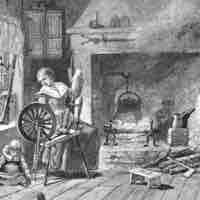
During the Revolutionary War, colonial women supported the revolution by boycotting British goods and raising money.
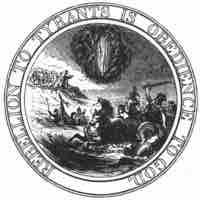
Religion offered a moral sanction for opposing the British in the colonies. Nonetheless, the Revolution split some denominations.
Congress and the individual colonies encountered difficulties financing the Revolutionary War.
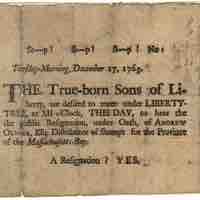
Patriots were members of the 13 British colonies who rebelled against British control during the American Revolution.
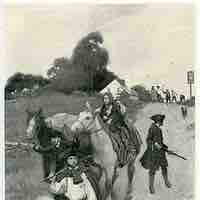
During the American Revolutionary War, British Loyalists made up approximately 15–20 percent of the population of the 13 colonies.
African American slaves and freedmen fought on both sides of the Revolutionary War; many were promised their freedom in exchange for service.
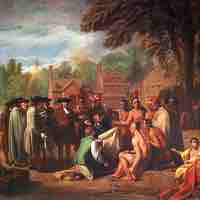
American Indian tribes were divided over whether to support Great Britain or the Patriots during the American Revolution.
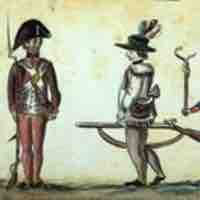
The Second Continental Congress established the Continental Army in June 1775 and elected George Washington as Commander-in-Chief.
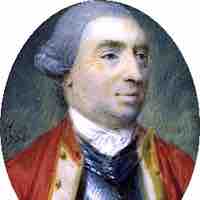
For the British, maintaining effective leadership was a greater challenge than raising troops, leading them to crippling losses.

In the early stages of the American Revolution, battles over Quebec, New York, and New Jersey played an important role in the war.
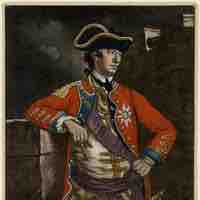
The Capture of Philadelphia was ultimately a setback for the British because it did not lead to the capture of the Continental Congress or end the rebellion.
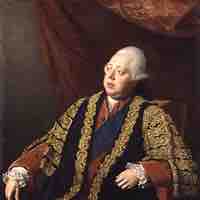
The Patriot victory at Saratoga, a major turning point in the war, effectively ended the British military presence in the North.
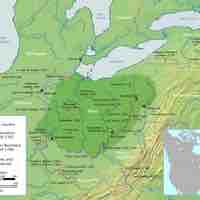
Most battles in the west involved conflict between American Indians and civilian settlers.
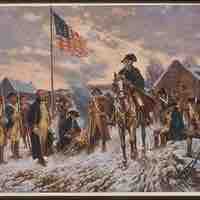
General George Washington and his army made camp at Valley Forge from December 1777 to June 1778 to protect Pennsylvania from the British.

Following the 1778 Treaty of Alliance, France openly provided arms and funding to the Americans and engaged in full-scale war with Britain.

In the latter years of the Revolutionary War, the British shifted their strategic focus to the southern colonies, confident of their abilities to recruit support among Loyalists there.
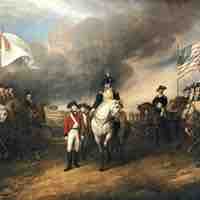
The siege of Yorktown by combined French and American forces in the autumn of 1781 was the decisive battle of the American Revolutionary War.
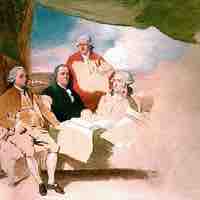
The Treaty of Paris of 1783 ended the American Revolutionary War, granting additional territory to the U.S. and its allies France and Spain.
Though the American Revolution brought hope for greater liberties to many, most of the gains made by women during the Revolution did not remain permanent or lead to further freedoms immediately following the Revolutionary period.